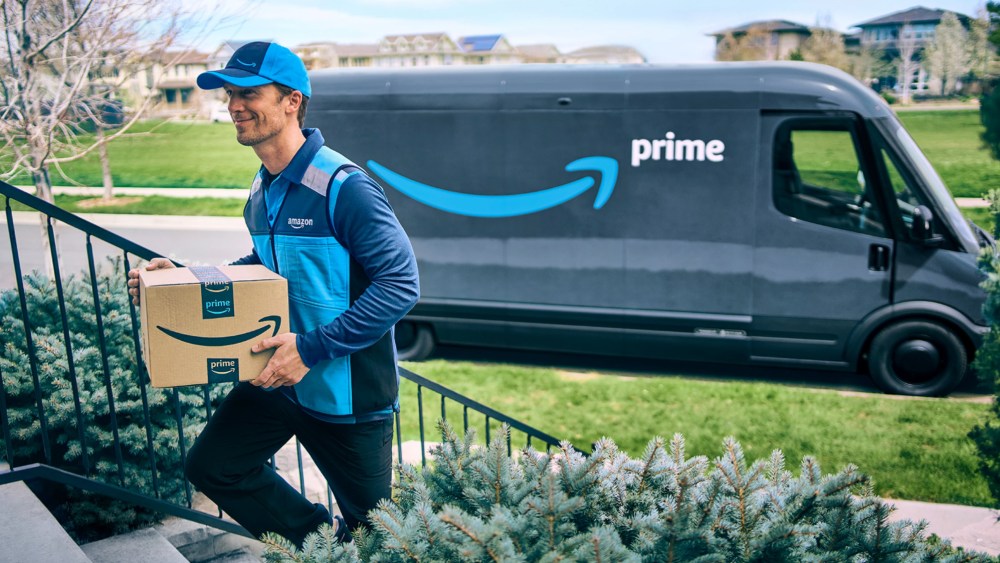It’s Prime time — and Amazon’s making the most of it.
But where shoppers and competitors might see the Prime Day event on Tuesday and Wednesday as another mammoth sale in the dog days of summer, Amazon is working on something more.
And, as usual, the difference between how retailers throw a sale and how Amazon hits the promotional button illustrates the continuing divide between the web giant and almost everyone else.
“It’s a really big test,” said Katherine Black, a partner at Kearney, who leads the consultancy’s food, drug and mass market retail business, of Prime Day. “When I talk to retailers, they talk about the sale because that’s how retailers think, but that’s just not how Amazon is wired. For them it’s a really big test that happens to drive sales as well.
“What Amazon has realized is that this summertime period is really important for two reasons,” she said. “One is back to school, which starts not that long from now, really in many ways it’s already started. And then of course, holiday.”
You May Also Like
By setting its big event in July, Amazon signs up more members to Prime — which already has some 200 million members at about $14.99 a month — and tees them up to spend in the all-important second half.
Prime Day started in 2015 with the company borrowing a page from the Alibaba Singles’ Day playbook and launching the shopping holiday as a way to celebrate its 20th anniversary.
But now, it’s taken on a life of its own.
“Amazon is incredibly smart and they test everything and they’re very methodical,” Black said. “So if they’re still doing something after 10 years, it’s working.
“They’re very strategic about how they’re using this sale. Most retailers think week-to-week and garnering the sale. Retailers, as you’re seeing, feel compelled to have a similar response [and host competing sales]. I don’t know that they are being as strategic and as data-driven, they’re looking to drive sales within the week.”
Walmart and Target were among the competitors looking to get in on the action early with sales last week.
But if Amazon is playing a long game and looking to drive back-to-school and holiday sales and sign up members, it also has a pretty good short game.
According to Numerator, Amazon’s sales during Prime Day last year were 5.8-times the sales seen on a typical day, with 24 percent of shoppers buying apparel and related items.
All told, last year’s Prime Day saw members buy more than 375 million items over the two days, saving more than $2.5 billion on deals globally.
“Whenever Amazon does something, they do it super, super big and it gets a super lot of attention,” said Sonia Lapinsky, a managing director at AlixPartners. “They attract the consumers’ eyeballs, they attract the consumers to the site, and they amp up what is already the number-one destination for everyone to go to get anything. It’s creating all of this buzz and energy.”
This time through, Amazon is pitching deep discounts on early bts shopping and the “fast, free shipping” of the membership program in 24 countries, from Australia to the U.K.
“Everybody knows Prime Day is coming and they’re all geared up for it,” Lapinsky said. “It’s become an event.”
And it’s an event that shows off Amazon’s skills and breadth, as Prime includes free and fast shipping, streaming video, music and other perks. This spring, Amazon crowed that nearly 60 percent of Prime orders placed in March arrived the same day or the next day across the company’s 60 largest metro areas.
It’s a logistical and technological trick that retailers can not match — Walmart or Target come closest — and it’s taken Amazon billions of dollars and years of steady effort to pull off.
“It just goes to show you that they’re so far ahead in so many ways how they interact with the consumer — operationally savvy, technologically savvy,” Lapinsky said. “I’m sure the pricing algorithms behind that are based on tons and tons of customer data and trends that are just the right level of sale price that are going to ignite this kind of feeding frenzy on Prime Day.”
The mega sale also shows just how complicated it can be to be as big as Amazon, which last year logged product sales of more than $255 billion.
Just as Amazon was promoting the big, splashy price cuts to the world, it was stepping in as a backer in Richard Baker’s $2.65 billion deal to buy Neiman Marcus and combine it with Saks Fifth Avenue. That has Amazon increasing its contact with the luxury brands it wants to add to its platform on one hand and staging a massive sale to the masses on the other.
How to pull off doing both luxe and mass at once might be Amazon’s next trick.



